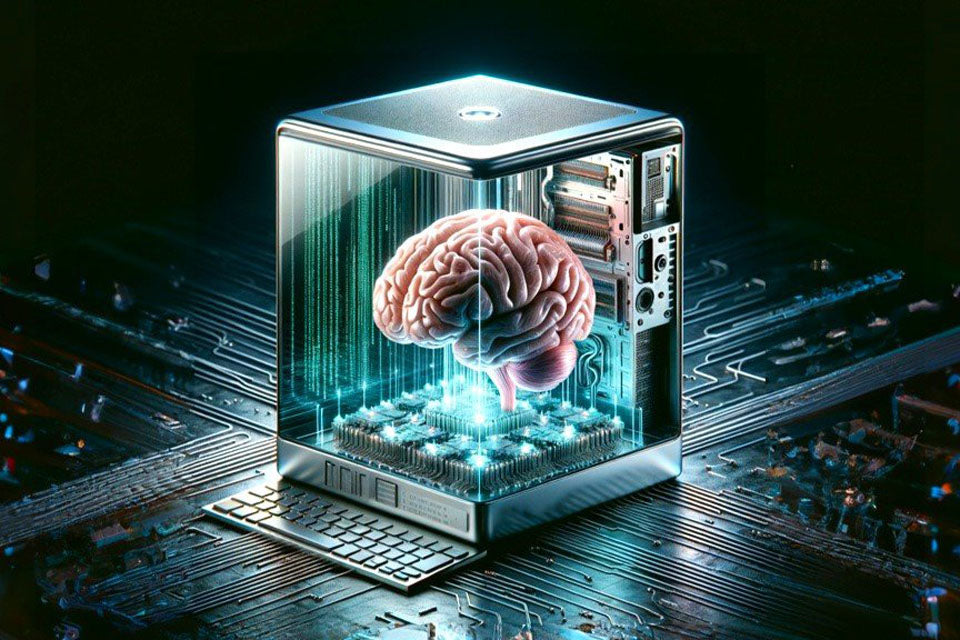
AI in Cybersecurity: Strengthening Digital Defenses
In today's increasingly interconnected world, cybersecurity has become a top priority for organizations, governments, and individuals alike. As cyber threats continue to evolve in complexity and scale, traditional methods of defense are no longer sufficient. Enter artificial intelligence (AI) – a game-changing force that is transforming the cybersecurity landscape. In this blog, we'll explore how AI is being leveraged to enhance cybersecurity, the benefits and challenges it presents, and its future potential in safeguarding our digital world.
The Role of AI in Cybersecurity
Artificial intelligence in cybersecurity refers to the use of machine learning algorithms, natural language processing, and other AI technologies to detect, prevent, and respond to cyber threats. Unlike conventional security systems that rely on predefined rules and signatures, AI-powered systems can analyze vast amounts of data, identify patterns, and predict potential threats in real-time. This makes AI an invaluable tool in the fight against increasingly sophisticated cyber attacks.
Key Applications of AI in Cybersecurity
-
Threat Detection and Prevention: AI systems are highly effective at detecting anomalies in network traffic and user behavior, which can indicate potential cyber threats. By continuously learning from new data, AI can identify and prevent unknown attacks that would bypass traditional security measures. For example, AI-driven intrusion detection systems (IDS) can monitor network activity in real-time, flagging suspicious behavior for further investigation.
-
Automated Incident Response: One of the most significant advantages of AI in cybersecurity is its ability to automate incident response. When a security breach is detected, AI can automatically initiate predefined response protocols, such as isolating affected systems, alerting security teams, and even neutralizing the threat. This rapid response is crucial in minimizing the impact of cyber attacks, especially in large organizations with complex IT infrastructures.
-
Behavioral Analysis: AI can analyze the behavior of users and devices within a network to establish baselines and detect deviations. This is particularly useful in identifying insider threats, where malicious activities originate from within the organization. By monitoring for unusual actions, AI can help security teams identify and mitigate risks before they escalate.
-
Phishing Detection: Phishing remains one of the most common and effective methods of cyber attack. AI-powered tools can analyze emails and other communications for indicators of phishing, such as suspicious links, language patterns, and sender reputation. By flagging potential phishing attempts, AI can protect users from falling victim to these scams.
-
Vulnerability Management: AI can help organizations identify and prioritize vulnerabilities in their systems by analyzing large volumes of data, including security patches, software updates, and historical attack patterns. This enables more proactive management of vulnerabilities, reducing the window of opportunity for attackers to exploit them.
Benefits of AI in Cybersecurity
-
Speed and Efficiency: AI can process and analyze vast amounts of data far more quickly than human analysts, enabling faster detection and response to cyber threats. This speed is critical in preventing breaches and minimizing damage.
-
Adaptability: Unlike traditional security measures, AI systems can adapt to new threats by learning from data. This makes them more effective at identifying previously unknown attacks, which are often the most dangerous.
-
Reduced Human Error: By automating many aspects of cybersecurity, AI reduces the risk of human error, which is a common factor in security breaches. AI can also assist human analysts by providing insights and recommendations based on data analysis.
-
Scalability: AI systems can scale to meet the needs of large organizations with complex IT environments. They can monitor multiple systems and networks simultaneously, providing comprehensive protection across the entire organization.







1 Comment
Ggrvr